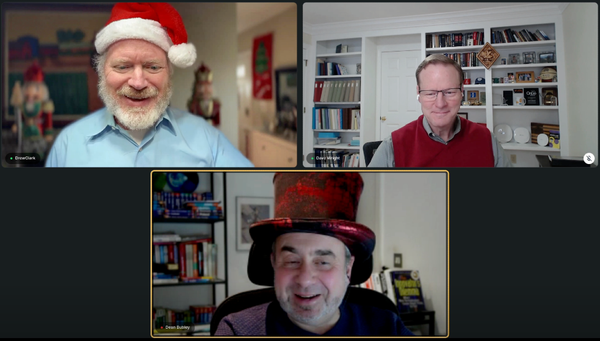State Officials Highlight Discrepancies Between Updated FCC Map and Ground Truth
There are ‘locations where we know it is not possible to receive that level of service,’ said Maine’s broadband authority.
Teralyn Whipple

WASHINGTON, June 9, 2023 – State broadband officials are finding discrepancies between what they see on the ground and what the Federal Communications Commission’s new national broadband map released last week reports.
The new version of the map identifies nearly 330,000 new unserved locations and updates availability data for more than 3 million locations. According to the FCC’s statement, the new version has resolved 75 percent of the issues raised since November and reflects more than a million new serviced locations. It will be the basis for Broadband Equity Access and Deployment program awards.
“Version two of the map is a step in the right direction but will never be perfect when it is based on a snapshot of the availability of service from technologies that are very dynamic,” said Deputy Director of Vermont Community Broadband Board, Rob Fish in comments to Broadband Breakfast.
Vermont is taking time to absorb the information in the map seeing as there are discrepancies between what the state sees on the ground and what the map shows, said Fish. There are still challenges that need to be resolved by the FCC, which, when talking about billions of dollars in a small state, can make a huge difference, he said.
Maine Connect Authority said in a statement to Broadband Breakfast that they were “disappointed to see claims of advertised speeds at locations where we know it is not possible to receive that level of service.” The state will continue to improve the map through citizen engagement, partner collaboration, and the FCC challenge process.
“We believe there is opportunity to incorporate more diverse data sources in the future,” said Andrew Butcher, director of Maine Connect Authority, referring to crowdsourced speed tests. “It is unfortunate that this work will not be counted toward our BEAD Allocation dollars.”
‘Neither accurate nor precise’
Sascha Meinrath, telecommunications professor at Penn State University, said in an email that the maps “are neither accurate – they vastly overstate service availability – nor precise – with failure rates of 10 to 20 percent in correctly identifying rural broadband serviceable locations and huge problems correctly identifying homes versus garages in many cities.”
Meinrath also claimed that the maps “completely whitewash underservicing of communities of color in our urban cores; all while failing to provide any pricing information, much less any overlay of demographic information.”
President and Founder of tech consultant Reid Consulting Group Tom Reid expressed his agreement in an email, stating that the maps have made no significant improvement since previous maps based on Form 477 data-collection and that “the difference this time is that so many policy makers perceive the new maps to be better.”
Reid suggested that the precision of the fabric locations, which simply maps the broadband serviceable locations and does not contain coverage claims, is falsely translated into accuracy with the coverage claims.
Industry groups expressed support for a ‘success story’ of broadband
The Wireless Internet Service Providers Association expressed its support of the map, claiming that it “tells the success story of the vibrant and growing ISP broadband industry.”
US Telecom CEO Jonathan Spalter said in a statement that “the data contained in this version of the National Broadband Map will no doubt be an important tool to reach 100 percent connectivity.”
The BEAD awards to states are expected to be announced June 30. States will allocate subgrants based on new iterations of FCC maps and state-collected data which will be available through a state challenge process.








Member discussion